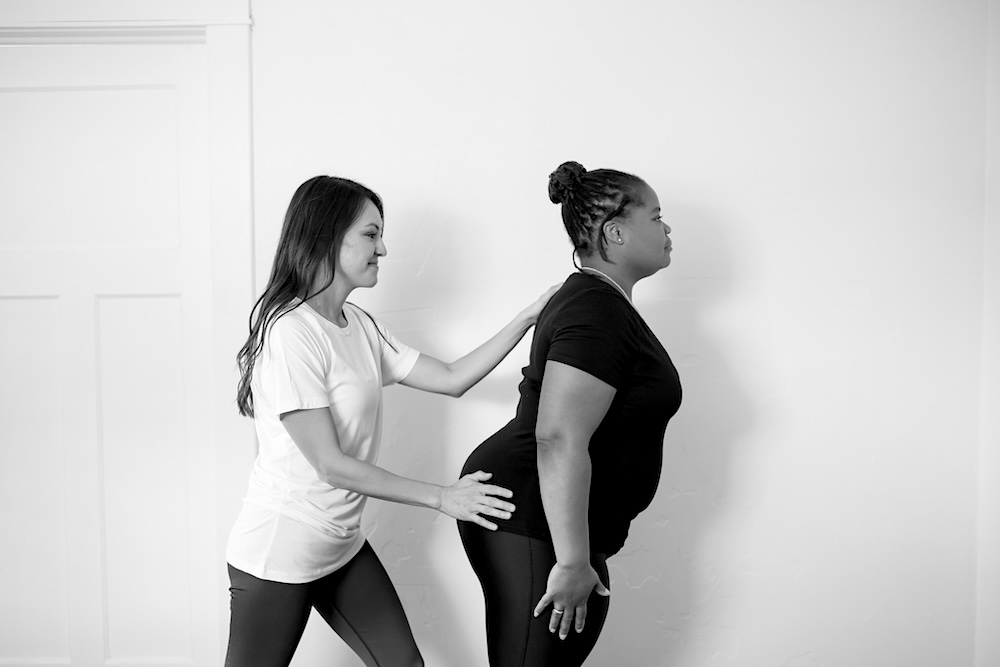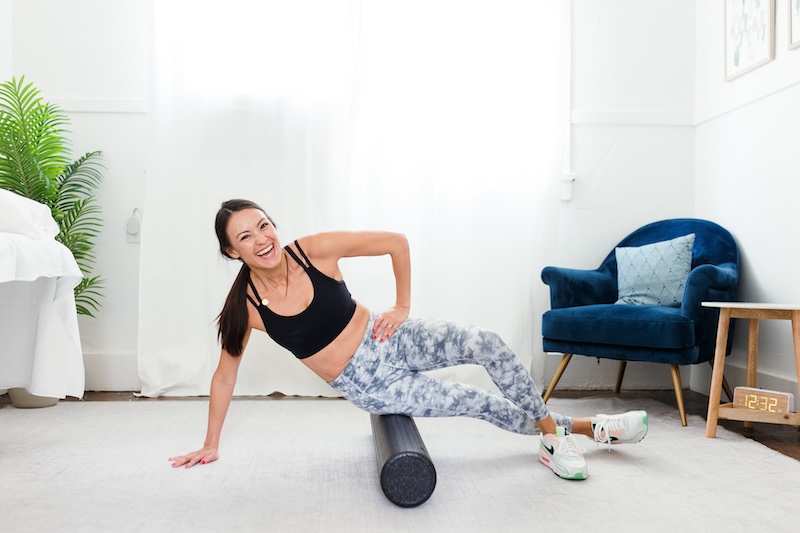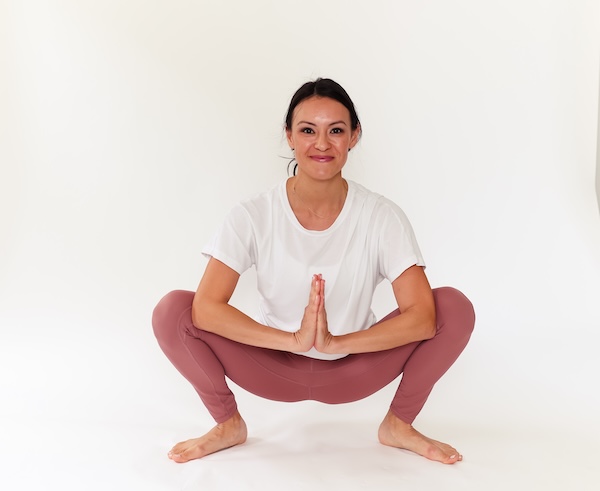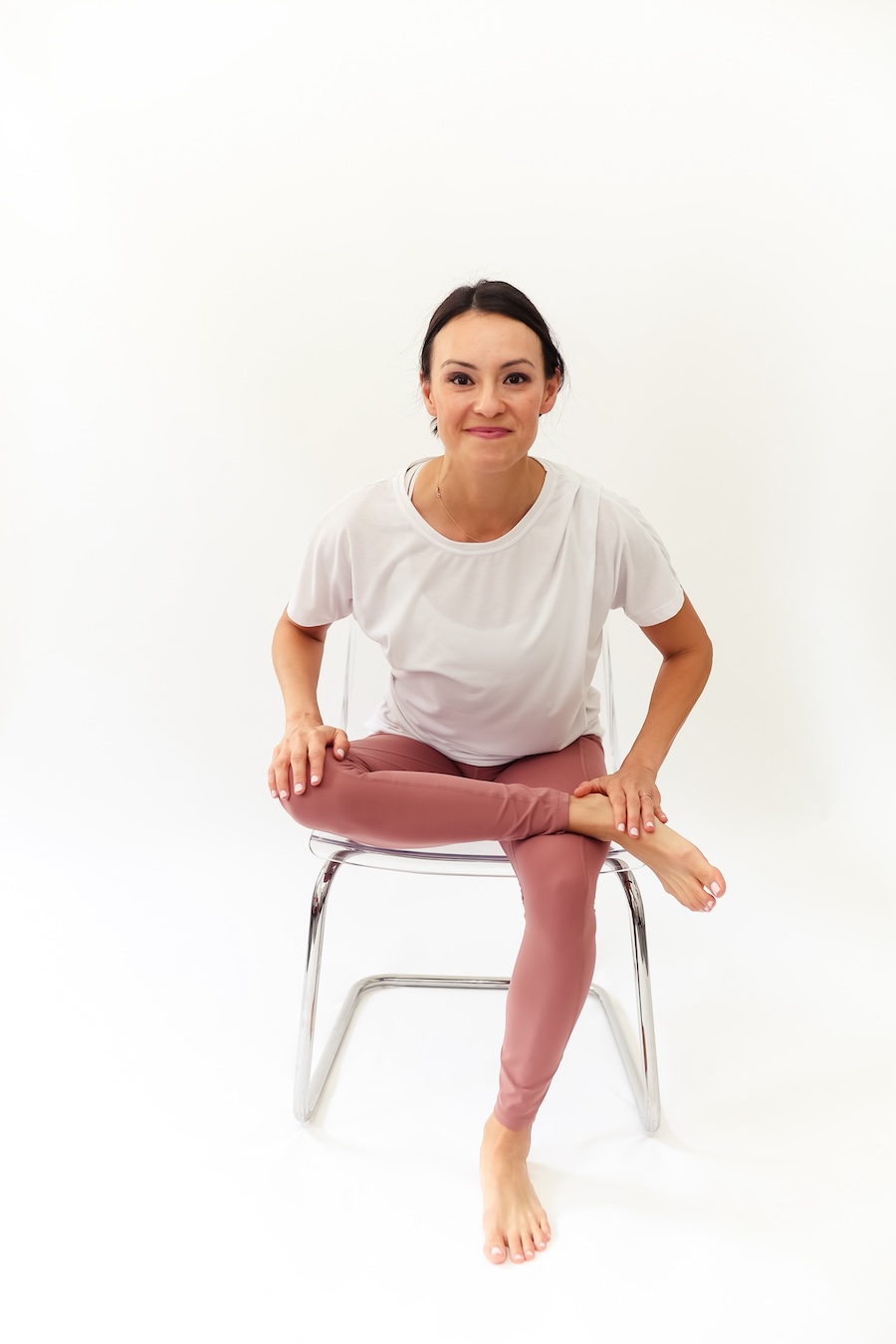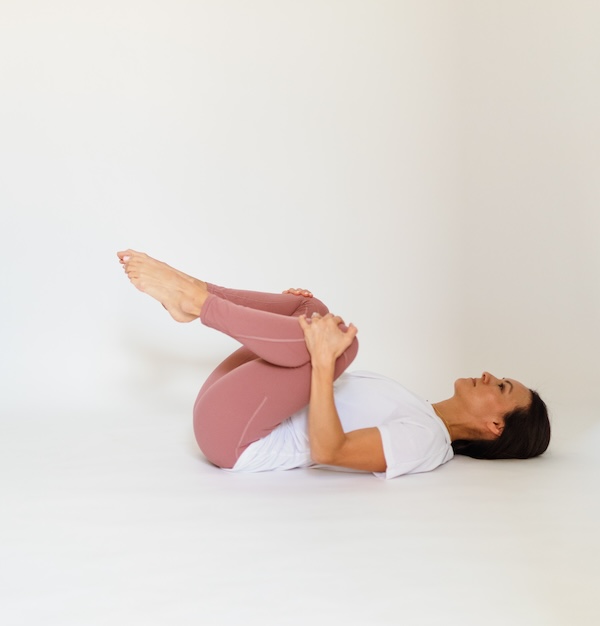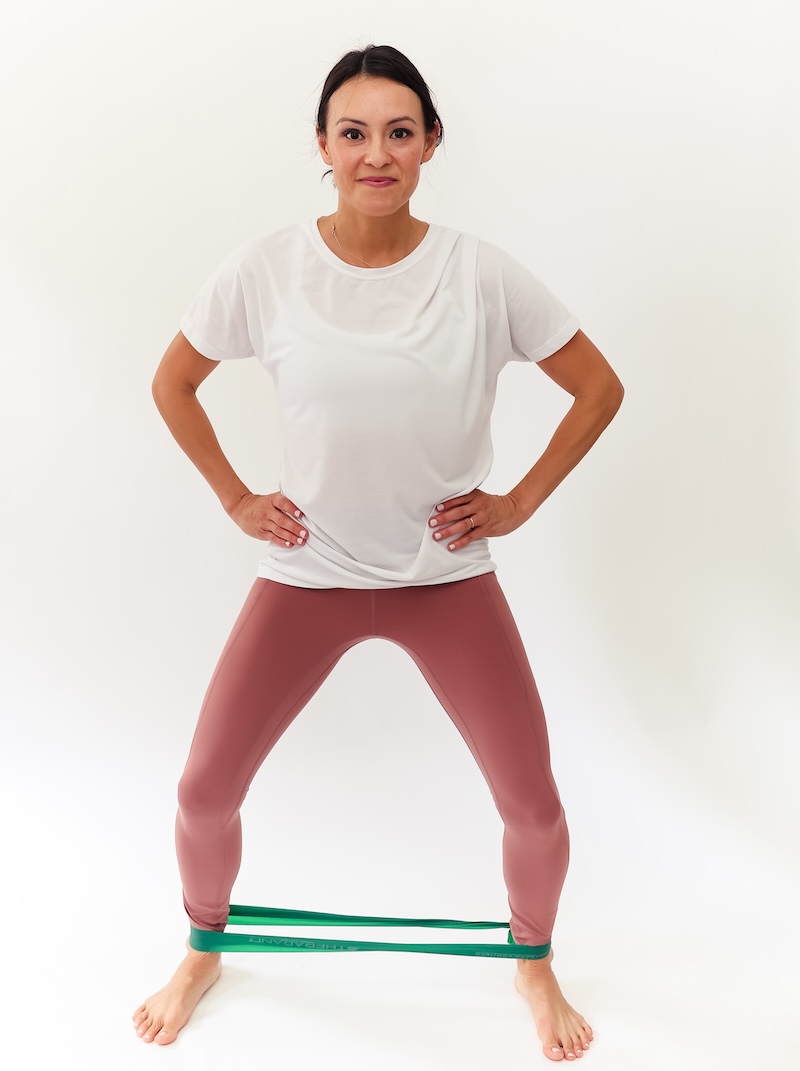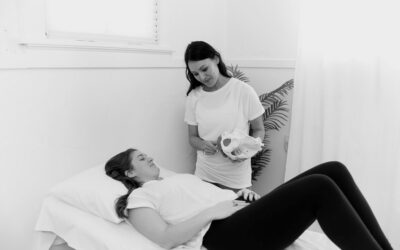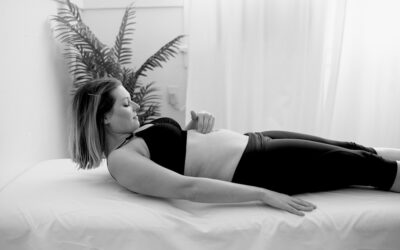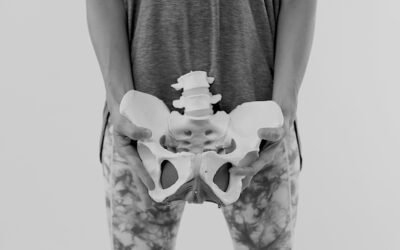Many women take a grin-and-bear it approach to menopause. And while we may be able to “ha ha ha” our way through hot flashes, some menopausal symptoms can be much more uncomfortable. Even painful. If you’re experiencing menopause and joint pain, this one’s for you.
What’s menopause?
Menopause marks the end of our reproductive years, when we haven’t had a period for 12 consecutive months. This transition usually happens between the ages of 45 and 55.
Menopause affects our overall health, not just our reproductive parts. Some menopausal symptoms will sound familiar, like:
- Hot flashes and heavy sweating
- Sleep challenges
- Mood swings
But there are plenty of “weird” menopausal symptoms, too. And one of them is achy or painful joints. In fact, more than half of menopausal women experience joint pain!
What’s the deal with menopause and joint pain?
Menopausal joint pain often feels like an aching, stiffness, or soreness. Swelling, tenderness, numbness, and weakness may also occur. And sometimes, people report joint pain can escalate to a burning, throbbing, or grating sensation. These symptoms can be constant or come and go, but joints are often most painful during or right after physical activity.
The root cause of menopause and joint pain can be tricky to diagnose, because so many factors are at play, including decreasing hormone levels.
First, joint pain during menopause is most commonly linked to the decrease in estrogen levels that occurs during this season of life. That’s because joints have estrogen receptors that protect them and reduce pain and inflammation. Without a steady supply of estrogen, menopausal joints may swell and become painful.
Declining testosterone levels play a role in menopausal joint pain, too. As testosterone decreases, muscle mass does, too. And as muscles weaken and struggle to do their job supporting the skeletal structure, joints can suffer.
Finally, some menopausal women are at risk of developing rheumatoid arthritis.
If you’re experiencing joint pain and stiffness in menopause and you’ve not yet found relief, don’t give up! Keep talking with your medical providers or seek a second opinion.
Menopause and Hip Pain
Reaching a diagnosis for menopause and joint pain can be especially tricky if your primary pain point is your hips. Hip pain can have a number of causes, so it’s important to talk to your medical provider to get an accurate diagnosis and treatment plan for your symptoms.
Telling your provider about the timing of your symptoms during the menopause transition can help. If your hip pain started around the same time that you reached menopause, you may have a condition called gluteal tendinopathy.
Gluteal tendinopathy is caused by criss-crossed collagen fibers running from your butt to the bones of your pelvis and thighs. The disorganization of these fibers is caused by weakness in your hip muscles (because of declining sex hormones). As your hip muscles weaken, they start complaining.
Treatment for Joint Pain and Menopause
Some menopause women find relief from musculoskeletal pain with hormone replacement therapy (HRT). But menopause and joint pain treatment can also look like adding in more movement. Counterintuitive, but true!
The more you move, the more blood flow you have. The more blood flow you have, the more your body can do its job at recovering your achy muscles and strengthening stiff joints. And that can often kick menopause and joint pain to the curb.
But the kind of movement is important.
If you’re experiencing menopausal joint pain, low-impact strength training can be helpful. But you may need to do a little relaxation before you hit the gym.
Remember: Menopausal muscles are weaker, thanks to those drastic changes in hormones. Muscle weakness can lead to muscle tension as your tissues, joints, and other structures compensate for these changes. And this tension could be contributing to your menopause-related joint pain.
So your first step toward improved joint health in menopause may be to relax your muscles, not immediately subject them to a barbell.
The following offer a mix of exercises to release tension, lengthen and strengthen muscles, and build strength. (For step-by-step guidance, check out my V-Hive Membership program for at-home pelvic floor and core workouts that can improve joint health, too!)
#1 Massage
Grab a foam roller, tennis ball, or lacrosse ball, and give your butt muscles a massage. This is a simple way to get short-term relief from hip or pelvic pain.
#2 Lunges
- Start in a standing position with feet shoulder width apart and pointing forward.
- Contract your pelvic floor and deep core muscles and take a long step forward with your right leg, lowering yourself until your right knee is bent at 90 degrees and your thigh is parallel with the ground.
- Step back up with your right leg, returning back to the starting position.
- Repeat five times, and then switch to your left leg.
#3 Deep Squat Stretch
- Begin by standing with feet slightly wider than shoulder-width apart and toes pointed slightly out.
- Slowly bend your knees and push your bottom back, as if you’re about to sit down. Keep your chest lifted and your back straight. Make sure to keep your knees in line with your toes, and avoid letting them roll inward or out.
- As you squat, put your elbows on the inside of your thighs, press your palms together, and imagine pulling your belly button toward your spine. Your heels can be flat on the floor, or you can place a rolled towel or yoga mat under your heels for more support.
- Hold the pose for five slow breaths, then slowly rise.
#4 Figure 4 Sitting Stretch
- Sitting in a chair, cross your right ankle over your left knee.
- Press your right knee down and lean forward with a flat back.
- Take 5 deep breaths and switch sides.
#5 Double Knee to Chest
- Lying flat on your back, bring both knees to your chest—relaxed and open wide.
- Gently hug your knees in and take 5 deep breaths.
#6 Monster Walk with Band
- Place a light resistance band around your ankles.
- Stand with your feet shoulder-width apart. (Use a countertop or sturdy surface for additional support if needed.)
- With a slight bend in the knees, perform a Kegel contraction.
- Keeping your right foot planted, slowly step to the side with your left foot.
- As you step, keep your chest upright and pelvic floor contracted.
- Return your left foot to start position and release contraction.
- Re-contract (do another Kegel) and side step again.
- Repeat for 1 set of 15 on each side.
For menopause and joint pain, check in with your pelvic floor.
Hip pain and menopause can be connected to pelvic floor muscle tension and overactivity. To reduce joint pain and pelvic floor tension:
Avoid power peeing.
Don’t push when you pee. Instead, just take a deep breath, relax, and let your urinary parts do their thing. Pushing your pee out increases muscle tension, causing additional joint pain.
Poop the right way.
Similar to power peeing, straining to poop is also problematic for your pelvic floor. It increases intra-abdominal pressure, which adds tension to your already-stressed pelvic floor. I love a Squatty Potty to get in the proper pooping position and decrease wear and tear.
Try a pelvic floor massage.
A therapy wand can be a useful tool for relieving pelvic floor tension. It’s a tool with a curved tip that applies pressure to tight muscles, helping them relax. You can use a wand in the deeper muscles or at the vaginal opening to soften pelvic floor muscles.
Take good care down there.
Whole body menopausal symptoms require attending to your whole body health—including your pelvic floor!
The V-Hive Membership has you covered.
Take the edge off menopause and joint pain with the Pelvic Floor Relaxation Program, exclusive to the V-Hive. Here, you can work to ease pelvic floor tension and get relief from pain.
Stop suffering and start living. Start your free V-Hive trial membership now!

